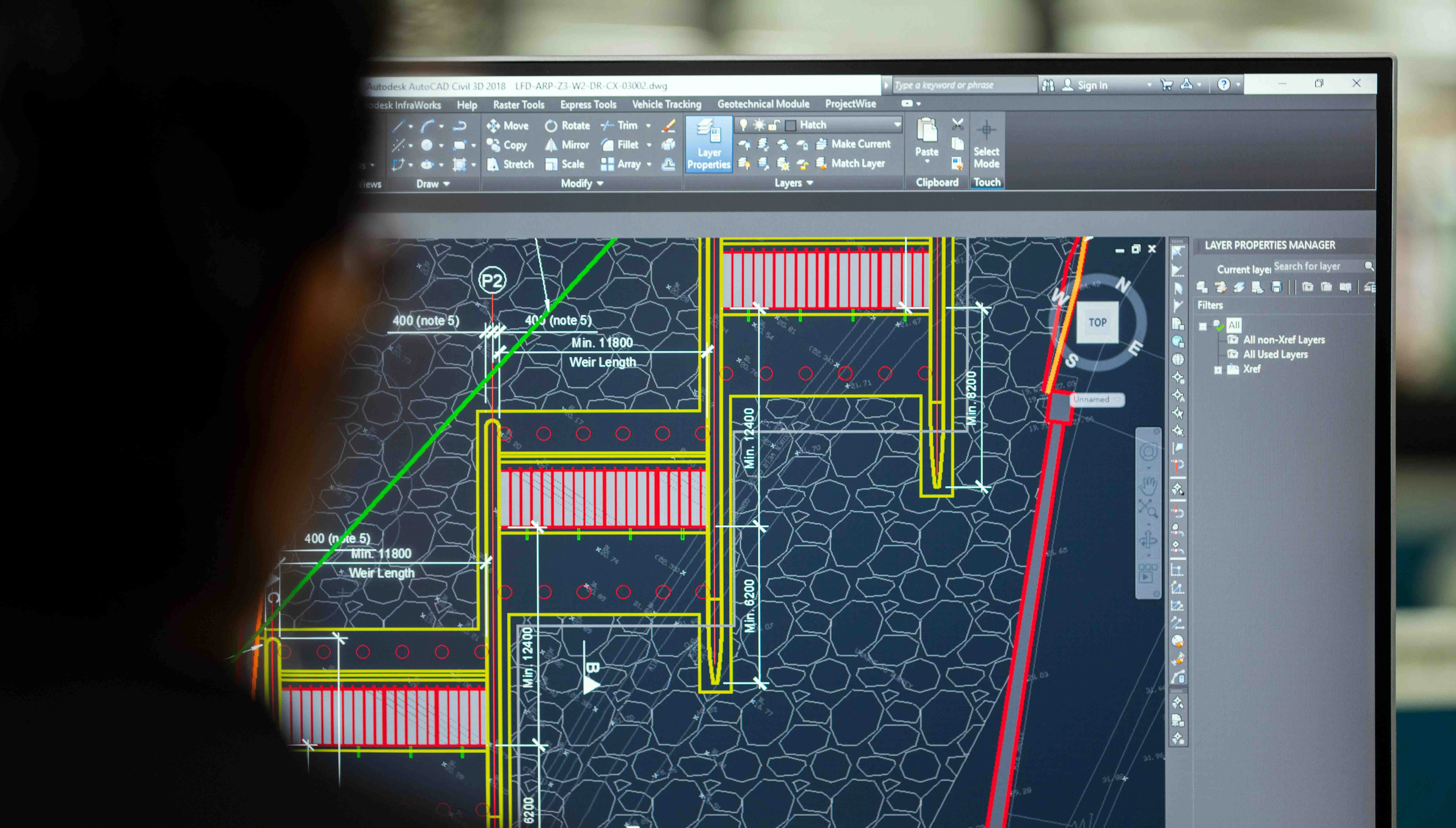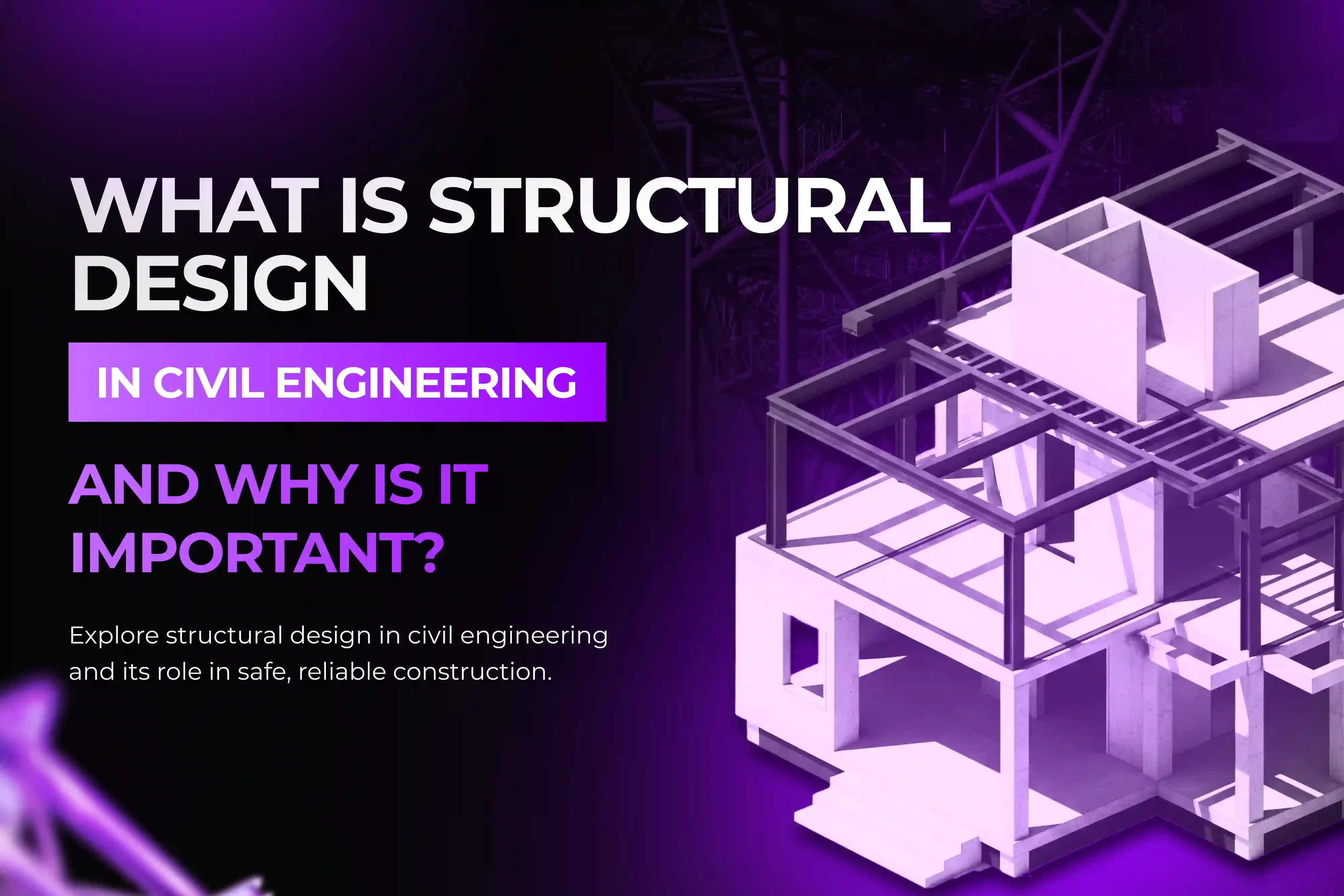
10 Best BIM Software for Civil Engineers (2025)
- What is BIM for Civil Engineers?
- Applications of BIM in Civil Engineering
- Benefits of BIM for Civil Engineers
- Is Learning BIM a Good Career Choice for Civil Engineers?
- List of Top 10 BIM Software Tools
- Top 3 BIM Courses for Civil Engineers in 2025
- Conclusion
Building Information Modeling (BIM) is revolutionising how civil engineers plan, design, construct, and manage infrastructure. It enables the creation of intelligent 3D models that simulate the physical and functional characteristics of a project, from roads to bridges and buildings. These models serve as a digital twin, allowing engineers and stakeholders to collaborate, detect issues early, and streamline workflows — all within a virtual environment. Instead of just producing drawings, BIM allows you to create data-rich models that support decision-making throughout a project’s lifecycle, including maintenance and operations.
- Design and VisualisationBIM lets civil engineers build detailed 3D models, offering clearer visualisation of structures like roads, bridges, and buildings. With these visualisations, engineers can detect design clashes early and optimise designs for long-term performance and maintenance.
- Improved CollaborationUsing BIM, all project stakeholders — architects, engineers, contractors, and clients — can work on the same digital model. This shared environment enhances transparency and reduces the chance of miscommunication.
- Data IntegrationBIM tools combine architectural, structural, and MEP data into a single source of truth. This holistic approach allows better coordination across disciplines, from materials and cost estimates to timelines and safety checks.
- Clash DetectionBIM software automatically identifies design conflicts, such as a beam intersecting with plumbing. Detecting these clashes during the planning phase avoids costly delays during construction.
- Cost EstimationBIM models are linked to cost data, enabling accurate budgeting and financial forecasting. Real-time updates to project changes also adjust the estimated costs accordingly.

- Better Collaboration and CommunicationBIM platforms function as shared workspaces, enabling real-time updates and coordinated communication between stakeholders, ensuring that everyone stays on the same page.
- Higher Quality and PrecisionBIM simulations allow detailed planning of construction stages, leading to higher-quality execution and reduced design errors. Safety issues can also be anticipated and addressed before on-site execution.
- Time and Cost EfficiencyBy predicting construction issues early and enabling off-site prefabrication, BIM reduces project delays and cost overruns. Resources are used more efficiently, reducing waste.
- Sustainable DesignBIM supports sustainability goals by analysing building performance. Engineers can design for energy efficiency, reduced water usage, and minimal environmental impact.
- Efficient Facility ManagementAfter construction, BIM models continue to be useful for managing building operations. Maintenance schedules, space management, and system upgrades are easier with accurate digital records.
- RevitDeveloped by Autodesk, Revit is one of the most widely used BIM tools. It supports architectural design, MEP, and structural engineering — all in one platform. Its parametric modeling and collaboration features make it indispensable in civil engineering.
- Civil 3DAlso from Autodesk, Civil 3D is tailored for civil engineering projects. It's excellent for road and highway design, land development, and stormwater management. It integrates with AutoCAD and supports 3D modelling, surveying, and documentation.
💡 Learn Civil 3D professionally with S2B School of Engineers’ in-depth training program available in India and the USA. - Tekla StructuresPerfect for steel and concrete structures, Tekla is used in large-scale infrastructure projects like bridges and tunnels. Its robust clash detection and detailing tools make it ideal for structural engineers.
🎓 Interested in Tekla? Explore our online courses and master one of the industry's top BIM tools. - Bentley Systems SuiteBentley offers several products tailored for infrastructure projects:
- MicroStation - CAD + 3D modeling
- OpenRoads Designer - Road design
- ProjectWise - Project collaboration and document control
- ArchiCADKnown for its intuitive design tools and fast rendering, ArchiCAD supports 2D/3D drafting, documentation, and visualisation. It is especially popular among architects but is increasingly used in civil workflows too.
- InfraWorksBest for conceptual design and feasibility studies, InfraWorks is great for visualising infrastructure in real-world contexts. It helps simulate traffic patterns and environmental impacts early in the planning process.
- Allplan EngineeringAllplan offers integrated tools for design, cost estimation, and project management. It’s ideal for civil engineers, architects, and construction planners working on interdisciplinary projects.
- OpenBuildings DesignerThis Bentley software enables multi-disciplinary collaboration across architectural, structural, and MEP systems. Great for simulating building performance and streamlining construction documentation.
- Vectorworks LandmarkTailored for landscape and site design, Vectorworks Landmark includes tools for site modeling, irrigation planning, and sustainability analysis. It's particularly useful for urban and environmental civil projects.
- NavisworksA project review solution by Autodesk, Navisworks offers 3D model coordination, clash detection, and time simulation. It comes in three editions:
- Freedom - Free viewer
- Simulate - Timelines and visualization
- Manage - Includes clash detection and advanced review tools

- BIM Professional Course by S2B School of Engineers (Training Institute)Our signature BIM program for civil engineers covers 10+ BIM tools, including Revit, Tekla, and Civil 3D. Delivered by industry experts, the course focuses on real-world applications, construction workflows, and software integration.Key Highlights:
- Hands-on projects based on real construction challenges
- RIBA-approved capstone projects
- Job placement support across leading infrastructure firms
- Learning includes precast techniques, rebar detailing, and project scheduling
- BIM Ready (Arch + Structure) by Techno Struct AcademyThis Delhi-based course focuses on structural and architectural applications of BIM. It offers in-depth tool training and real-time project experience, helping engineers transition into BIM-based roles with ease.
- Capricot BIM CourseIdeal for all experience levels, Capricot’s training blends theory with practical knowledge. It covers fundamentals like modeling and coordination, as well as advanced topics like clash detection and project collaboration.
















